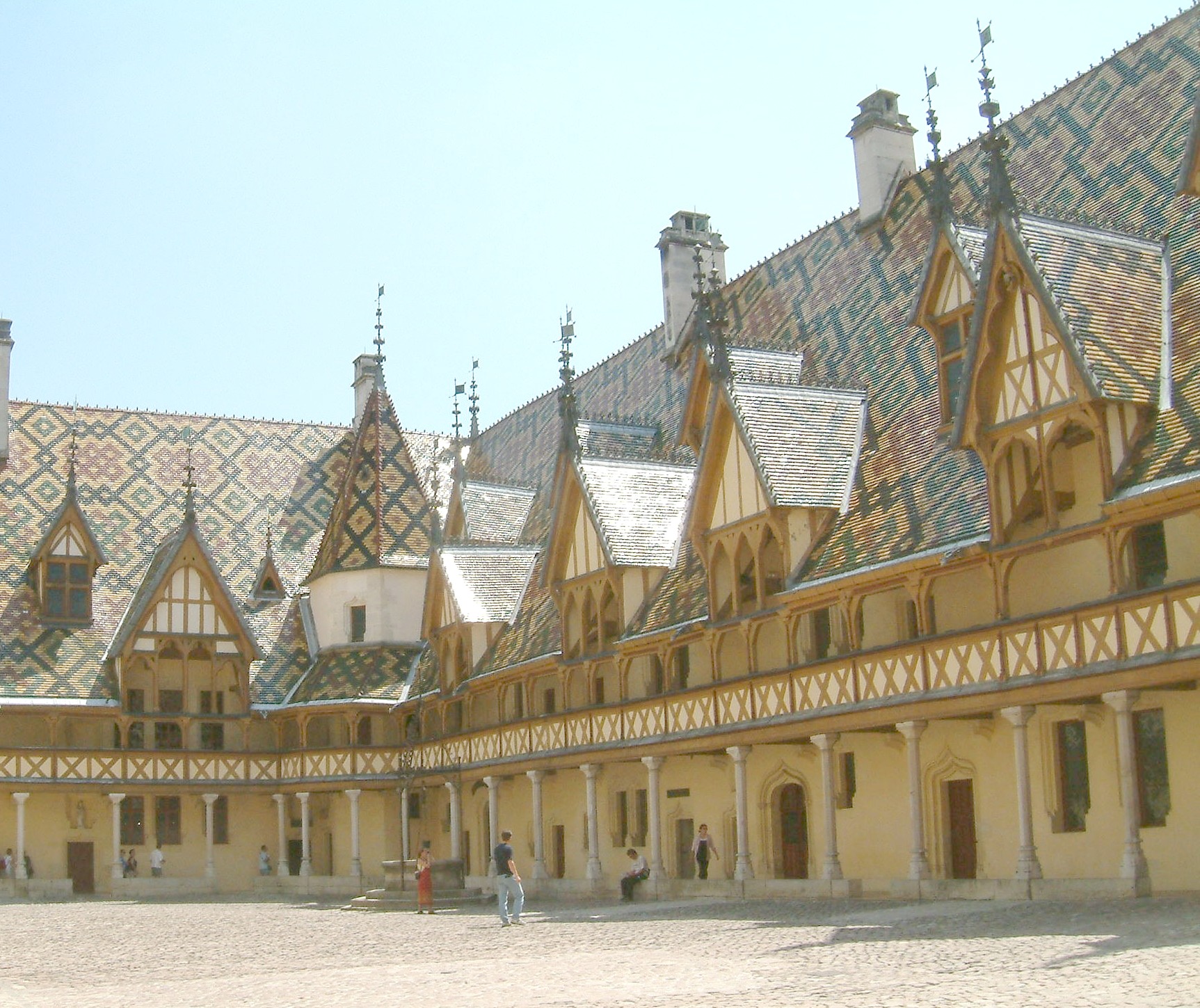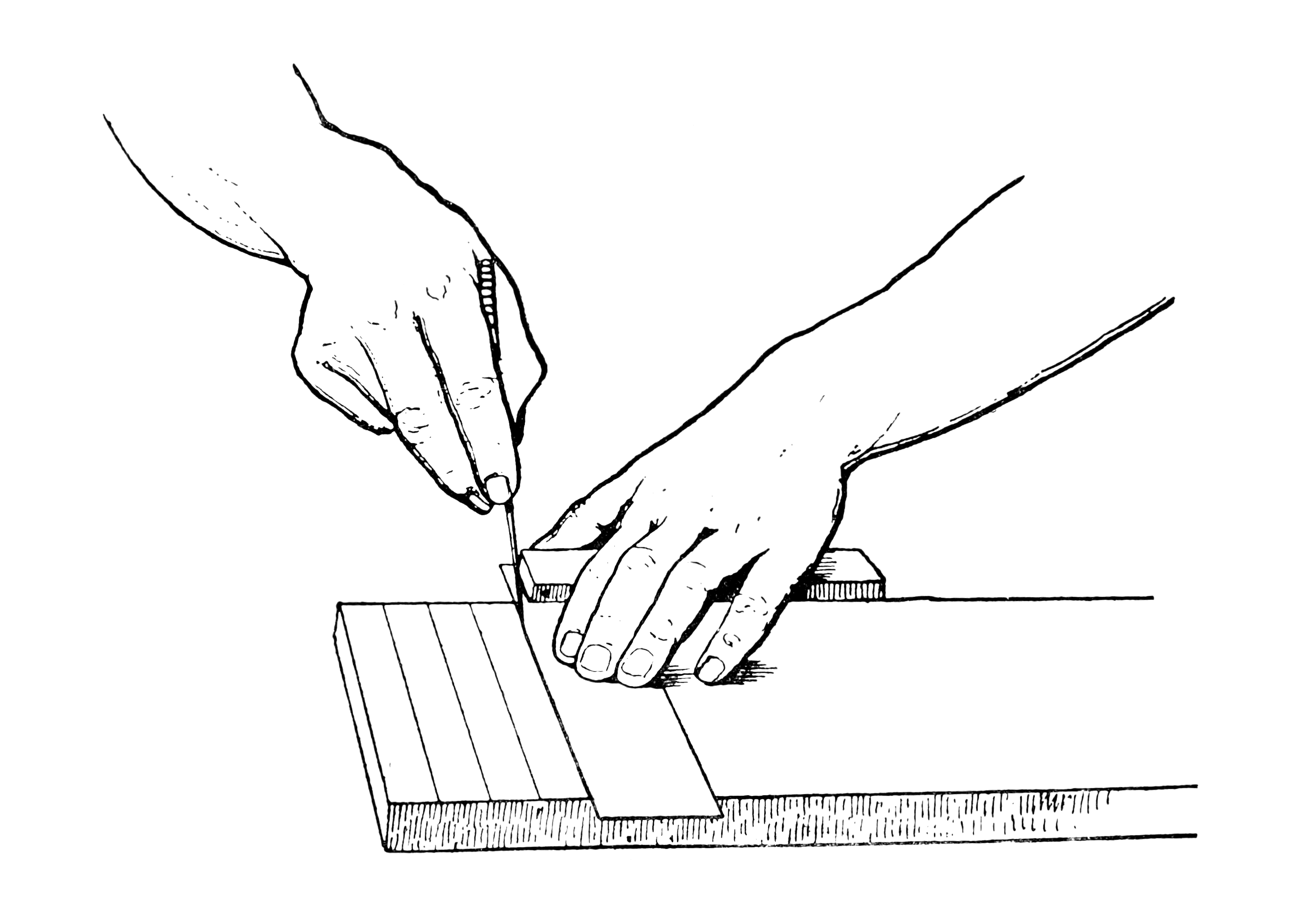|
Eudes De Montreuil
Eudes de Montreuil was a 13th-century French master builder, sculptor and combat engineer. He may have died in 1289. Under the reign of Louis IX of France, Montreuil erected many buildings in Paris, mainly churches, the chapel of the Hôtel-Dieu, the église des Chartreux, the église des Blancs-Manteaux, the , the , the église de Sainte-Catherine, the Hospice of the Quinze-Vingts. He is attributed the main portal of the church of Mantes-la-Ville (Yvelines). He carved his own tomb: a bas-relief representing him holding a try square and surrounded by his two wives. This tomb disappeared in the fire of the church of the Cordeliers of Paris on 15 November 1580.M. Héber, Picturesque and historical dictionary, or Description of architecture, painting, sculpture, engraving... natural history, antiquities and dates of the establishments and monuments of Paris, Versailles, Marly, Trianon, Saint-Cloud, Fontainebleau, Compiègne, other royal houses and castles about fifteen leagues around ... [...More Info...] [...Related Items...] OR: [Wikipedia] [Google] [Baidu] |
Combat Engineer
A combat engineer (also called pioneer or sapper) is a type of soldier who performs military engineering tasks in support of land forces combat operations. Combat engineers perform a variety of military engineering, tunnel and mine warfare tasks as well as construction and demolition duties in and out of combat zones. Combat engineers facilitate the mobility of friendly forces while impeding that of the enemy. They also work to assure the survivability of friendly forces, building fighting positions, fortifications, and roads. They conduct demolitions missions and clear minefields manually or through use of specialized vehicles. Common combat engineer missions include construction and breaching of trenches, tank traps and other obstacles and fortifications; obstacle emplacement and bunker construction; route clearance and reconnaissance; bridge and road construction or destruction; emplacement and clearance of land mines; and combined arms breaching. Typically, combat engin ... [...More Info...] [...Related Items...] OR: [Wikipedia] [Google] [Baidu] |
Louis IX Of France
Louis IX (25 April 1214 – 25 August 1270), commonly known as Saint Louis or Louis the Saint, was King of France from 1226 to 1270, and the most illustrious of the Direct Capetians. He was crowned in Reims at the age of 12, following the death of his father Louis VIII Louis VIII (5 September 1187 – 8 November 1226), nicknamed The Lion (french: Le Lion), was King of France from 1223 to 1226. As prince, he invaded England on 21 May 1216 and was excommunicated by a papal legate on 29 May 1216. On 2 June 1216 .... His mother, Blanche of Castile, ruled the kingdom as regent until he reached maturity, and then remained his valued adviser until her death. During Louis' childhood, Blanche dealt with the opposition of rebellious vassals and secured Capetian success in the Albigensian Crusade, which had started 20 years earlier. As an adult, Louis IX faced recurring conflicts with some of his realm's most powerful nobles, such as Hugh X of Lusignan and Peter of Dreux. Simult ... [...More Info...] [...Related Items...] OR: [Wikipedia] [Google] [Baidu] |
Francesco Milizia
Francesco, the Italian (and original) version of the personal name "Francis", is the most common given name among males in Italy. Notable persons with that name include: People with the given name Francesco * Francesco I (other), several people * Francesco Barbaro (other), several people * Francesco Bernardi (other), several people *Francesco di Giorgio Martini (1439-1501), Italian architect, engineer and painter * Francesco Berni (1497–1536), Italian writer * Francesco Canova da Milano (1497–1543), Italian lutenist and composer * Francesco Primaticcio (1504–1570), Italian painter, architect, and sculptor * Francesco Albani (1578–1660), Italian painter * Francesco Borromini (1599–1667), Swiss sculptor and architect * Francesco Cavalli (1602–1676), Italian composer * Francesco Maria Grimaldi (1618–1663), Italian mathematician and physicist * Francesco Bianchini (1662–1729), Italian philosopher and scientist * Francesco Galli Bibiena (1659 ... [...More Info...] [...Related Items...] OR: [Wikipedia] [Google] [Baidu] |
Hôtel-Dieu De Paris
In French-speaking countries, a hôtel-Dieu ( en, hostel of God) was originally a hospital for the poor and needy, run by the Catholic Church. Nowadays these buildings or institutions have either kept their function as a hospital, the one in Paris being the oldest and most renowned, or have been converted into hotels, museums, or general purpose buildings (for instance housing a préfecture, the administrative head office of a French department). Therefore, as a secondary meaning, the term hôtel-Dieu can also refer to the building itself, even if it no longer houses a hospital. Examples include: ;Belgium * Notre Dame à la Rose, founded in 1242 ;France *Hôtel-Dieu d'Angers, founded in 1153 *Hôtel-Dieu de Beaune, founded in 1443 *Hôtel-Dieu of Carpentras, built in 1754 *Hôtel-Dieu of Château-Thierry, founded in 1304 *Hôtel-Dieu of Cluny, built in the 17th and 18th century *Hôtel-Dieu de Lyon, created in 1478 *Hôtel-Dieu of Nantes, completed in 1508 *Hôtel-Dieu de Paris, fo ... [...More Info...] [...Related Items...] OR: [Wikipedia] [Google] [Baidu] |
Notre-Dame-des-Blancs-Manteaux
Notre-Dame des Blancs-Manteaux is a Roman Catholic parish church at 12 Rue des Blancs-Manteaux in Le Marais, in the 4th arrondissement of Paris. It takes its name from the "Les Blancs-Manteaux" ("white mantles"), for the cloaks worn by the mendicant Augustinian Order of Servites, who founded the first church 1258. It was rebuilt between 1685 and 1689 in the French Baroque or French neoclassical style. It is noted for its remarkable carved wood pulpit (1749) and its collection of paintings and sculpture. History The church was founded by the Serfs de Marie, a community of monks founded in 1223 in Marseille, who followed the rules of Saint Augustine, and wore a black robe with a white mantle. With the support of King Louis XIII, they moved to Paris, and were given a large plot of land in the Marais district, just outside the city walls, formerly owned by the Order of the Knights Templar. It extended the length of the old rue de la Petite Parchemerie (now rue des Blancs-Manteaux) ju ... [...More Info...] [...Related Items...] OR: [Wikipedia] [Google] [Baidu] |
Quinze-Vingts National Ophthalmology Hospital
The Quinze-Vingts National Ophthalmology Hospital (''Centre hospitalier national d’ophtalmologie des Quinze-Vingts'') is France's national ophthalmology hospital located in Paris, in the 12th arrondissement. The hospital gave its name to the ''Quinze-Vingts'' quarter. History The ''Hospice des Quinze-Vingts'', a hospital for the blind, was founded in 1260 by Louis IX, king of France, also known as "Saint Louis". It was constructed on a piece of land called "Champ-Pourri",J-A Delaure et Gabriel Roux, ''Histoire de Paris'', 1853, p. 132 an area lying a short distance west of the Louvre fortress, outside the fortified wall built by Philippe Augustus from 1190 to 1209. It became included within the city after the erection of the new fortified wall of Charles V built between 1356 and 1383. Within the new neighborhood thus formed west of the Louvre, it was located on ''rue Saint-Honoré'' at the corner of the ''rue Saint-Nicaise'', (in the area between the Palais-Royal and Plac ... [...More Info...] [...Related Items...] OR: [Wikipedia] [Google] [Baidu] |
Mantes-la-Ville
Mantes-la-Ville () is a commune in the Yvelines department in the Île-de-France region in north-central France. It is located in the western suburbs of Paris from the center. Mantes-la-Ville is located at the confluence of the Seine and the Vaucouleurs. The Paris–Rouen rail line separates Mantes-la-Ville from the larger commune of Mantes-la-Jolie. The A13 autoroute to Normandy also passes through Mantes-la-Ville. Population Inhabitants are called ''Mantevillois''. Approximately one-third of the town's population is Muslim. Economy Mantes-la-Ville is the headquarters of two world-renowned makers of wind instruments: Henri Selmer and Buffet Crampon. Eduard Beaugnier et Cie, another saxophone manufacturer, was also based in Mantes until the company closed down in the early 1970s. Beaugnier manufactured saxophones under their own name, and also as "stencils" for other companies under names such as Noblet, Vito and Revere. Though not as well known as the instruments ... [...More Info...] [...Related Items...] OR: [Wikipedia] [Google] [Baidu] |
Try Square
A try square or try-square is a woodworking tool used for marking and checking 90° angles on pieces of wood. Though woodworkers use many different Square (tool), types of square, the try square is considered one of the essential tools for woodworking. The ''square'' in the name refers to the Right angle, 90° angle. To ''try'' a piece of wood is to check if the edges and faces are straight, flat, and square to one another. A ''try square'' is so called because it is used to ''try'' how ''square'' the workpiece is. Description A try square is made of two key parts, the ''blade'' (also known as a ''beam'' or ''tongue'') and the ''stock'', which are fixed together at 90° to form an 'L' shape. The blade is usually made of wood or steel and is fixed into the stock, which is usually thicker than the blade and made of wood, metal or plastic. Both the stock and the tongue are usually made with parallel edges. Typically the blade and the stock will be rectangular in profile, though on ... [...More Info...] [...Related Items...] OR: [Wikipedia] [Google] [Baidu] |
Pierre De Montreuil
Pierre de Montreuil (died 17 March 1267) was a French architect. The name formerly given to him by architectural historians, Peter of Montereau (in French, Pierre de Montereau), is a misnomer. It was based on his tombstone inscription ''Musterolo natus'' ("born in Musterolo"), a place name that was mistakenly identified as Montereau-Fault-Yonne, Montereau rather than Montreuil, Seine-Saint-Denis, Montreuil. Documented work He is one of the first named architects of 13th-century Paris, and, according to Anne Prache (writing in ''The Dictionary of Art''), "there has been a tendency to attribute an immense role to him."Prache 1996. Only the refectory (1239–1244, destroyed) and chapel of the Virgin (1245–c. 1250, only fragments remain) of the former abbey of Saint-Germain-des-Prés can be definitely said to be by him. He is thought to have been a master at the Basilique Saint-Denis beginning around 1247, although his specific contributions are unknown, and it is also generally agr ... [...More Info...] [...Related Items...] OR: [Wikipedia] [Google] [Baidu] |
13th-century French Architects
The 13th century was the century which lasted from January 1, 1201 ( MCCI) through December 31, 1300 ( MCCC) in accordance with the Julian calendar. The Mongol Empire was founded by Genghis Khan, which stretched from Eastern Asia to Eastern Europe. The conquests of Hulagu Khan and other Mongol invasions changed the course of the Muslim world, most notably the Siege of Baghdad (1258), the destruction of the House of Wisdom and the weakening of the Mamluks and Rums which, according to historians, caused the decline of the Islamic Golden Age. Other Muslim powers such as the Mali Empire and Delhi Sultanate conquered large parts of West Africa and the Indian subcontinent, while Buddhism witnessed a decline through the conquest led by Bakhtiyar Khilji. The Southern Song dynasty would begin the century as a prosperous kingdom but would eventually be invaded and annexed into the Yuan dynasty of the Mongols. The Kamakura Shogunate of Japan would be invaded by the Mongols. Goryeo ... [...More Info...] [...Related Items...] OR: [Wikipedia] [Google] [Baidu] |





